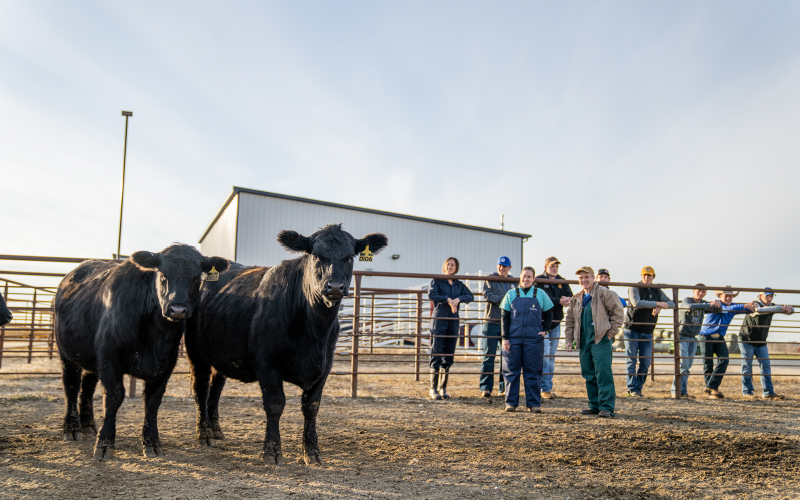Growth promoting implants are among the most widely used technologies in the beef industry. The first implant received FDA approval in 1954 and now more than 90% of all beef cattle in feedlots are implanted prior to harvest. Yet in spite of that long history, there are still myths and misconceptions surrounding their use.
How much response will I see to implanting?
Assuming that cattle are healthy and are consuming enough nutrients to support increased gains, a well-designed implant protocol should increase ADG by 6% on suckling calves, 15% in stocker or backgrounding cattle, and up to 20% during the finishing phase. Implanting improves feed conversion by approximately 9% and hot carcass weights typically increase 5 to 15% when cattle are fed to the same fat endpoint. The technology is well-proven across a wide variety of production systems, making implants one of the more predictably effective performance enhancing tools available.
Are implants still necessary considering that cattle today have greater growth potential?
There’s no question that cattle today have greater genetic potential for growth compared to genetics used a generation ago. So it might be tempting to conclude that implanting is are not as necessary to reach optimal growth objectives.
However, in reality implant technology produces the same percentage response in cattle with superior growth genetics, resulting in a larger boost in average daily gain or carcass weight. Implants work to stimulate an animal’s existing pathways for growth and protein deposition, so if the existing pathways would normally signal for increased growth rate, providing additional hormones would result in an enhanced response.
Will implants decrease marbling?
Early research with implant technologies were designed so that implanted and non-implanted control groups of cattle were slaughtered at the same time. The implanted cattle were heavier, but also leaner with reduced marbling, leading to the conventional wisdom at the time that implants reduce quality grades.
However, we have learned that if implanted cattle are fed for a longer period of time so that they reach the same fat composition as their non-implanted counterparts, there is little to no difference in marbling. The net result is increased pounds of carcass with the same value per pound when sold on a grid.
Are implants safe?
All implants have been tested and approved by the FDA. Compared to the estrogenic activity found in other foods or to the daily estrogen production by humans, the amount of additional hormones found in beef from an implanted steer is negligible, as shown in Table 1.
| Item | Estrogen activity or amount |
| Tofu | 113,500,000 ng/500g |
| Pregnant woman | 19,600,000 ng/day |
| Non-pregnant woman | 513,000 ng/day |
| Adult man | 136,000 ng/day |
| Peanuts | 100,000 ng/500 g |
| Beef from implanted steer | 7 ng/500 g |
| Beef from non-implanted steer | 5 ng/500 g |
From “Understanding Hormone Use in Beef Cattle Q & A”, Iowa Beef Center, Dr. Dan Loy
What factors need to be considered when planning an implant strategy?
Choosing an effective implant strategy does not need to be complicated provided certain factors are considered. Some factors to keep in mind include:
- Class of cattle. For instance, some implants can only be used in steers or only for grazing cattle. Make certain that the product you are considering is appropriate for the cattle being considered.
- Nutrient density of the diet. As a general rule, the higher potency implants (i.e. products containing 200 mg trenbolone acetate or TBA) are reserved for use as the final implant for cattle on finishing diets. Cattle on backgrounding diets are better suited for the intermediate potency products (80 to 100 mg TBA) or moderate potency estrogenic implants with the lowest potency implants (Ralgro or Synovex-C) are used with suckling calves.
- Length of feeding period. Finishing programs less than 130 days on feed are well suited for a single implant protocol. Longer periods could incorporate either a re-implant strategy or use one of the implants designed for a longer payout (i.e. Revalor XS or XH, or Synovex One Feedlot).
- Make certain to follow proper implanting procedures. Improperly administered implants will not deliver the desired results. For a guide on proper implanting procedures, please see Getting Implant Application Correct.


